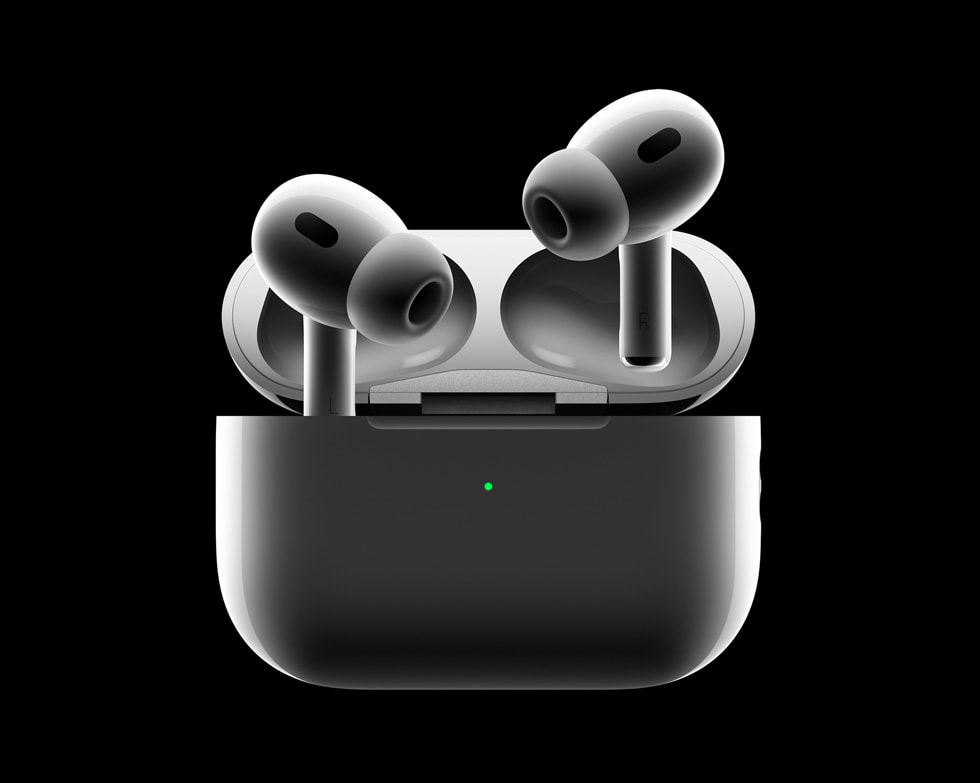What’s new — AirPods Pro 3 beta firmware
Apple has just rolled out a beta version of firmware for its AirPods Pro 3. This update arrives ahead of the highly anticipated iOS 26.1 and aims to fine-tune various functionalities within the device. Users can expect significant advancements that enhance their listening experience, injecting fresh capabilities into devices already beloved for their integration with the Apple ecosystem.
Context for US readers: latest on AirPods Pro 3 beta firmware.
Why it matters
The significance of this firmware update lies in its potential to enhance user experience. With improvements in performance and new features, the update could also pave the way for future applications, particularly in language translation and audio clarity. As the world becomes increasingly interconnected, the ability to communicate seamlessly across language barriers becomes vital for both personal and professional interactions.
Key details
- Firmware update version: 6A1
- Focus on improved connectivity and stability
- Enhancements in real-time language translation capabilities
- Performance improvements in ambient sound modes
- Compatibility: Requires iOS 26.1 or later
Additional Features
- Battery life optimization: Improved algorithms to prolong usage time.
- Enhanced spatial audio experience: Offering a more immersive listening environment.
- Customizable sound profiles: Tailor your audio experience based on personal preferences.
What to watch
Users can look forward to specific new functionalities that may emerge from this firmware update, particularly in the realms of language translation and audio quality enhancements. It’s crucial to stay informed as these features roll out, especially for those who rely on real-time communication tools in their daily lives. For instance, business professionals who engage with international clients can benefit significantly from accurate translation features. Furthermore, travelers can find language barriers less daunting, making their journeys smoother and more enjoyable.
Related: how to use passkeys
Bottom line
The release of the AirPods Pro 3 beta firmware signifies Apple’s commitment to ongoing improvements in their audio products. As they pave the way for more intricate functionalities—especially in translation—users should remain attentive for future updates that could further enhance their experience. Apple’s approach not only reflects their dedication to user satisfaction but also sets a precedent in the tech industry for continuous innovation.
FAQ
Will the new features be available in the final version of iOS 26.1?
Yes, the features introduced in the beta version are expected to be included in the final release of iOS 26.1, which is slated to roll out in the coming months.
How can I install the beta firmware?
To install the beta firmware, you need to opt into Apple’s Beta Software Program and ensure your device is set for beta updates. Instructions are available on Apple’s official website for those unfamiliar with the process.
Is the new firmware free?
Yes, the update is free for users who already own AirPods Pro 3, making it accessible for all current owners who want to experience the latest features.
What improvements can I expect?
Expect better connection stability, enhanced real-time language translation, and improved ambient sound features, making AirPods Pro 3 a more competitive offering in the market.
Are there risks associated with beta software?
Yes, beta software can contain bugs and may affect device performance, so proceed with caution. If you heavily rely on your AirPods for daily tasks, it may be wise to wait for the final release.
Source: news.google.com
Pros and cons
Pros
- Significant performance upgrades that improve audio quality.
- Innovative features like real-time translation could transform communication.
- Free access to updates for existing users enhances customer loyalty.
Cons
- As a beta version, it may contain bugs that could hinder performance.
- Reliance on the latest iOS version could limit compatibility for some users.
- Initial learning curve may be required to fully utilize new features.



